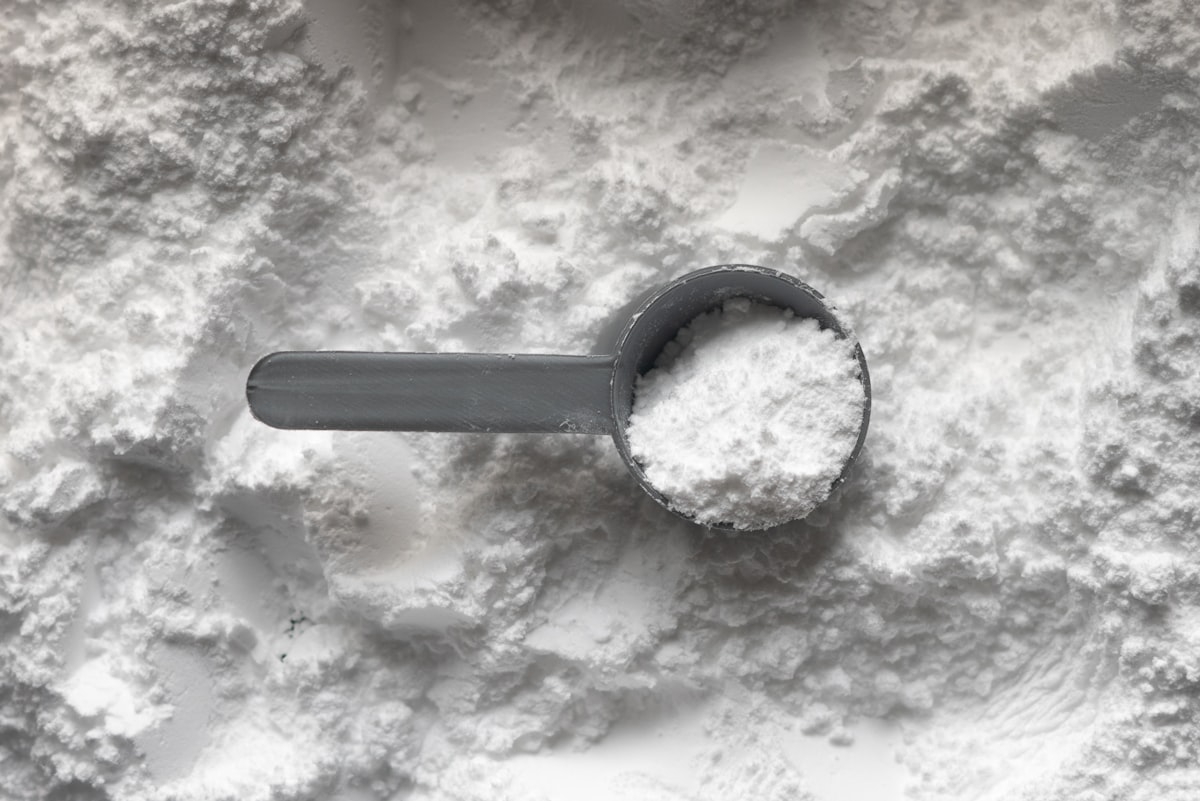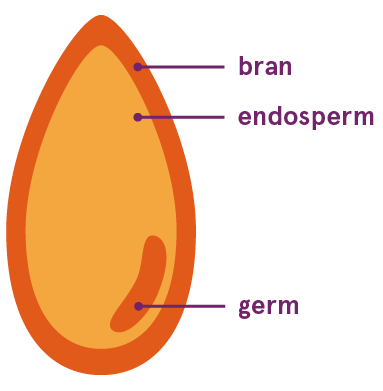A beginner's guide to flour

If you hadn't already guessed from my previous posts, I really love pizza. Arguably one of the most important components of that dish is the flour because the dough is what sets all the other ingredients up to shine through. Because dough only has 4-5 ingredients (flour, water, salt, yeast and optionally oil) with flour being the most prevalent one, knowing how to choose it is essential to succeed.
Most of the flour used in today's kitchens is created from the common wheat plant, a species of wheat that is used in all kinds of applications, from pancakes to udon noodles. The part we actually grind to make flour is the seed of this plant and is composed of 3 main parts: the bran, the endosperm and the germ. Without getting too specific, the bran and the germ are the parts that remain in whole wheat flour while the endosperm (the largest part of the seed) is present in most types of flour.

Another thing to note about wheat flour is that, when mixed with water, it produces gluten, a type of protein that creates a "web" that holds the mixture together. This allows the dough to become elastic and extensible, while also allowing it to rise if using yeast, as the gluten web will trap the carbon dioxide bubbles created by the fermentation.
All this may sound a bit daunting, but choosing a flour when you next go shopping can be boiled down to 3 characteristics.
Extraction Rate
This is the most widely used metric to describe flour in many countries and simply refers to the percentage of flour extracted from the wheat grain that has been harvested. So if the flour has an extraction rate of 80%, that means that out of 100kg of wheat, 80kg of flour was milled.
The higher the extraction rate is, the more of the wheat berry is left in the flour, including the bran and the germ, and also the more flavour. On the other hand, all-purpose flour and Italian 00 flour have relatively low extraction rates, which is why they are white and a lot finer and will yield much smoother doughs.
For making pizza, look for an extraction rate between 60% and 75%. This will give you a nice smooth dough that should be easy to work with. If making bread, you can experiment with higher extraction rates, up to almost 100%, to make it more flavourful. This will make the dough more difficult to work with so maybe don't start working with these flours.
Protein content
Ranging from around 5% to 15%, the protein content is your biggest indicator of the presence of gluten. The higher this percentage, the more gluten will appear in your mixture, which means a more extensible dough that can rise correctly without collapsing.
For pizzas, you should at least be using flours that have at least 12% protein content, so that your dough can easily be shaped into the round disc that you want without tearing.
Force (W)
While the protein content indicates the amount of gluten that your flour can produce, the force is what will tell you how strong the gluten is. It boils down to this: the higher the force, the longer you can leave your dough to rise before it collapses into itself.
Letting your dough rise for as long as possible is important because the longer it takes, the more flavour will develop, but you must be careful to use it before it starts to deflate.
For pizzas, choosing the force is going to depend on how much time you have to make the dough. If you want to let it rise for a couple of hours, use a flour with a strength of around 220 and if you want to go overnight, use one with slightly more strength, for example, 280.
Choosing your flour really depends on what you want to use it for, and these 3 metrics are the most important in my opinion to get started in understanding flour. With time and practice, you will start to know exactly which flour to use for which application, and that is where the fun and experimentations can truly begin.
